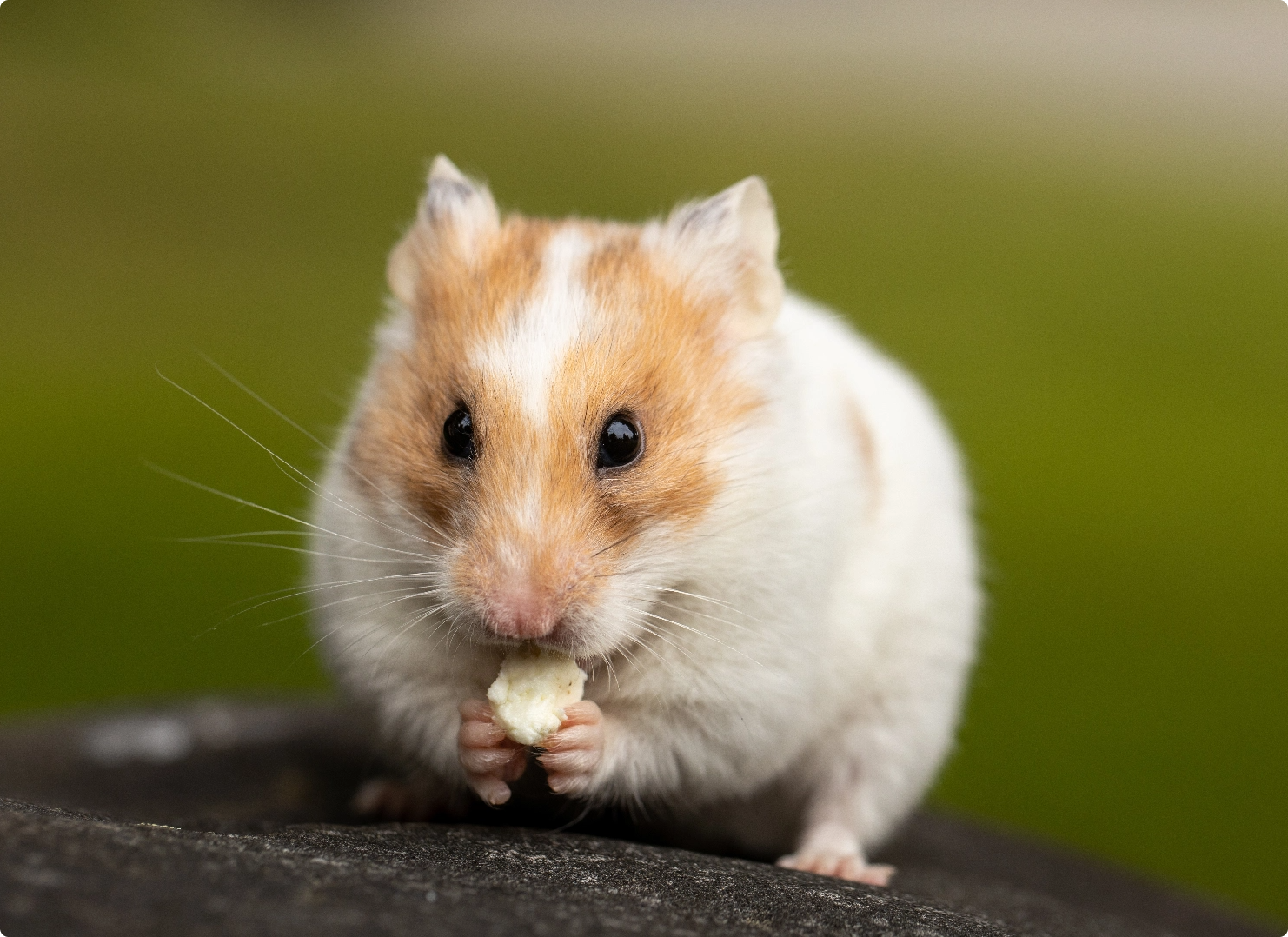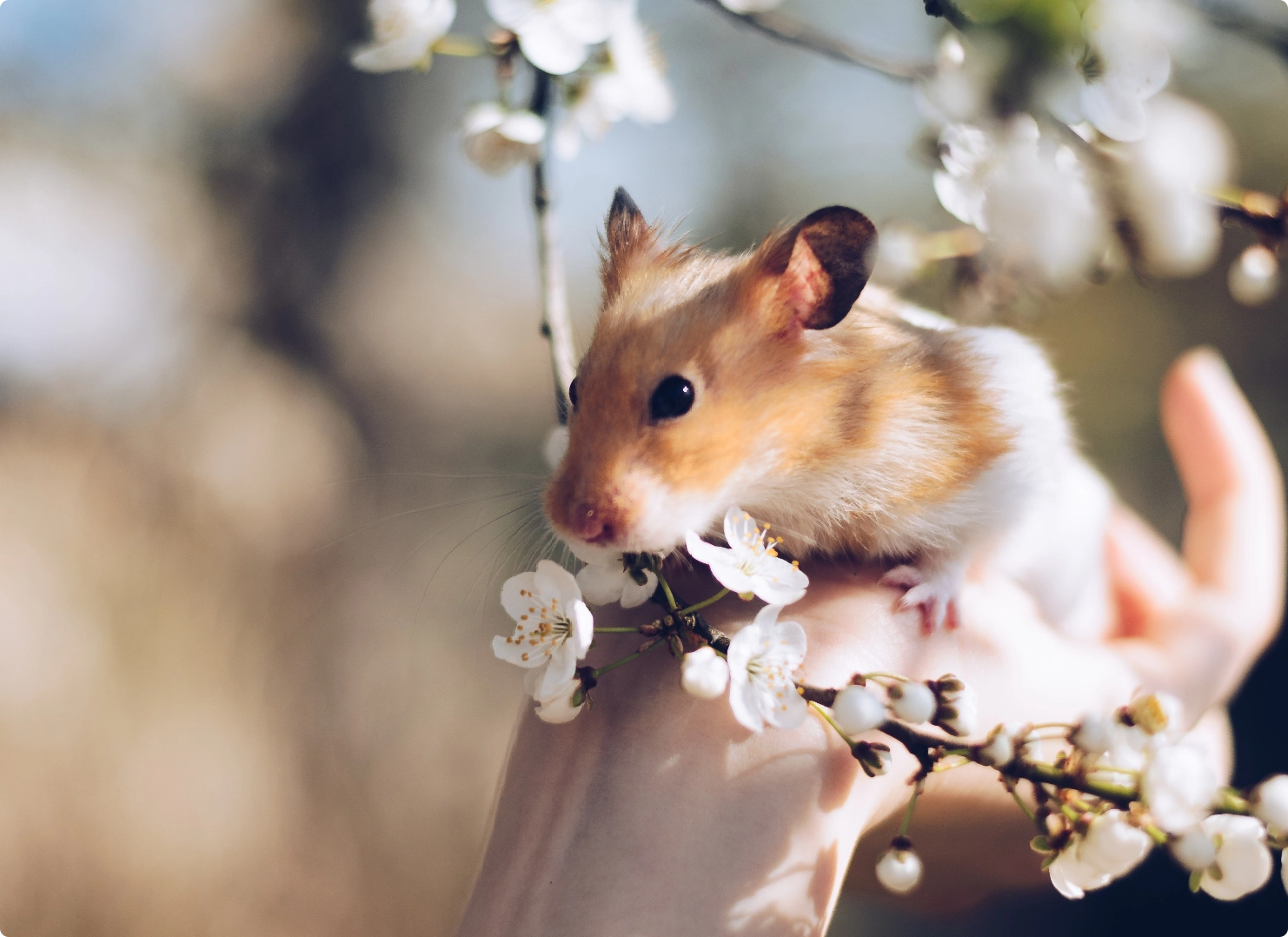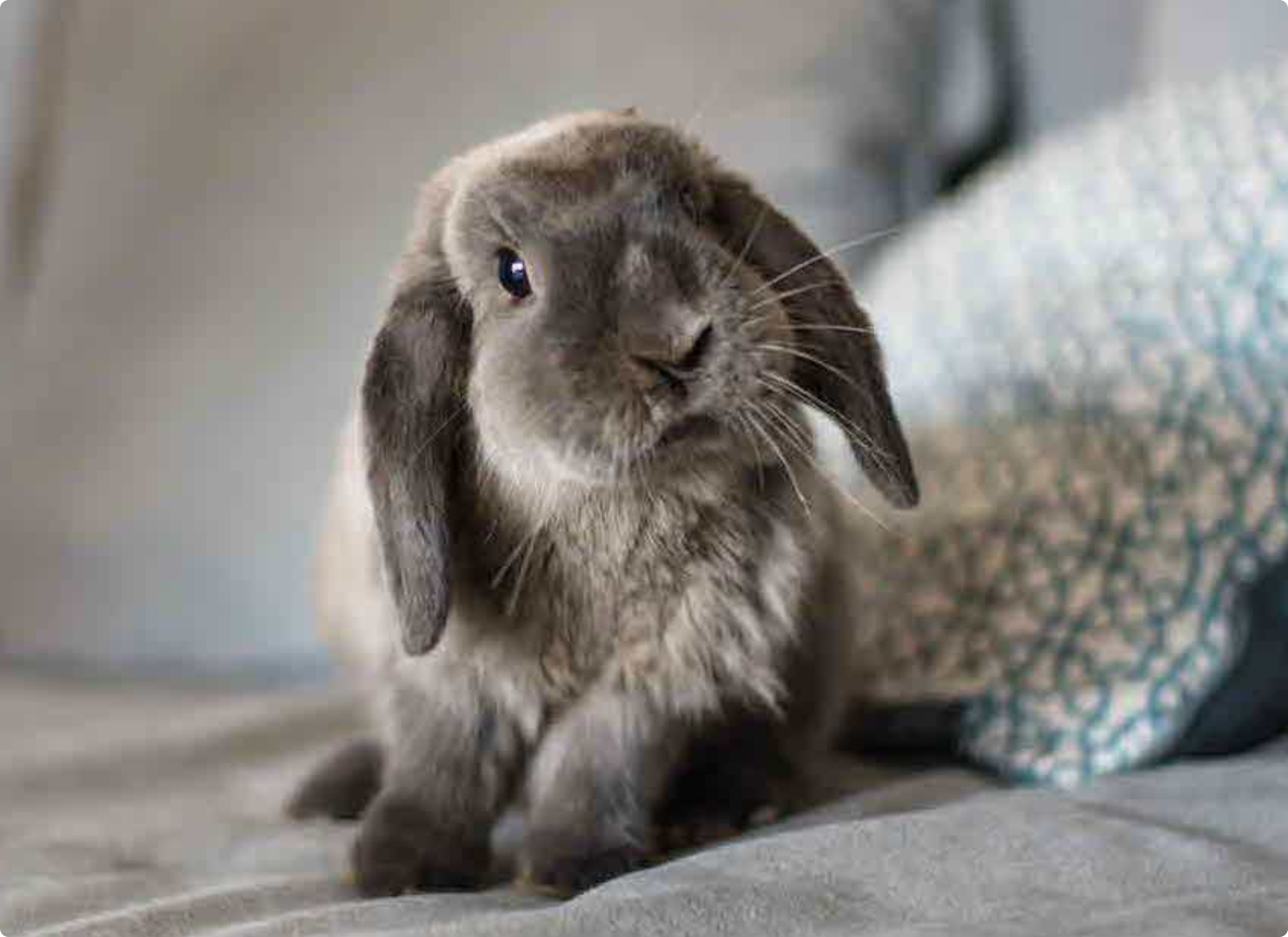
What Is the Best Way To Train My Dog?



What Is the Best Way To Train My Dog?
The best way to train your pet is through the proper use of positive reinforcement, rewards and punishment. You need to understand which to use and when, how to use them and what will happen if they are improperly used.
With training you want your pet to “learn” the proper task and/or behavior, here is all you need to know to be able to properly train your puppy/dog.
How Does Learning Take Place?
Learning occurs by establishing the relationship (either positive or negative) between behavior and consequences.
When there is a positive relationship between behavior and consequences, the more your pet performs a certain behavior, the more of the consequence it receives. If there is a negative relationship between behavior and outcome, the more of the behavior the pet does, the less of the consequence it receives.
When we increase a behavior by removing a stimulus this is known as negative reinforcement. For example, when a dog barks at an intruder (such as the postman), the barking has been reinforced because the stimulus (the postman) was removed.
Positive Reinforcement:
Positive reinforcement is anything that increases the likelihood a behavior will be repeated, like giving your dog a treat after behaving well, obeying an order, or performing a trick.
For some it may be a pat on the head, a play session, a fun toy, a walk, or a food treat. Training sessions can then be performed just prior to meal time when the dog is at its hungriest, most puppies can then be motivated with pieces of food.
In the same way, toys, play sessions and affection can be withheld until training time so that the dog is “hungrier” for these rewards.
By the way, if there’s no good reason to give your dog a treat, don’t – it fills your dog up and accomplishes nothing, if these rewards are saved for training they are more motivating and the pet will learn to associate the rewards with the desired behavior.
Reinforcement must immediately follow the behavior, any longer and you run the risk of the pet engaging in another behavior while you are administering the reinforcement, like when you teach a dog to sit, say “good dog” and give a food treat while they are sitting and refrained from standing up, in case they stood up while receiving the treat get your dog to sit again so your dog doesn’t distract from the desired behavior.
Are Rewards Only Used For Training?
There are other situations where rewards can be most helpful. For example, it may help a puppy or even an adult dog to learn to accept new people if the greeting is always coupled with a food treat. This will help the pet learn that new people bring something good. In other cases, rewards can be used to encourage desirable behavior.
Food enhanced toys may encourage a dog to chew on them instead of the household possessions.
How Can I Use Punishment To Train My Dog?
Punishment should never be considered unless the pet has the means to satisfy its nature and its needs.
For example, the chewing dog should be provided with appropriate exercise and appealing toys to chew on before any attempts to punish undesirable chewing are initiated.
However, if we can train our pets to do what they are supposed to and provide outlets for their needs, then it will seldom be necessary to punish inappropriate behavior.
Physical or direct interactive punishment is not recommended and is likely to lead to fear of the owner and fear of the hand.
For example, a barking dog could be interrupted with an air horn and immediately taught to approach the owners to play with a favored toy.
Punishment should never be used to train a pet, the pet can be taught using lure reward methods, rewards and shaping, or prompting and rewards. It is illogical to wait until the pet misbehaves and then administer something unpleasant.
Direct Interactive Punishment:
If you catch your puppy engaging in an incorrect behavior, try a loud noise such as clapping your hands or a loud “uh-uh”, this must occur while the behavior is happening, preferably just as it begins, and never after.
Often puppies will be startled when they hear these noises and temporarily stop the behavior. At that time you need to quickly redirect the puppy to a more appropriate task. Another way to interrupt your puppy is with various types of noise devices such as a “shaker can”. Fill an empty soda can with a few pennies and tape it shut. When given a vigorous shake it makes a loud noise, which will often interrupt the puppy’s behavior.

MAKE SURE YOUR DOG IS ABLE TO BEHAVE NORMALLY
Dogs are playful animals and enjoy having fun with toys, people and other dogs.
They need regular exercise and plenty of opportunities to walk, run and play outdoors and to learn new skills through training, this will positively affect the overall behavior of your puppy/dog and make the whole training process really smooth.





